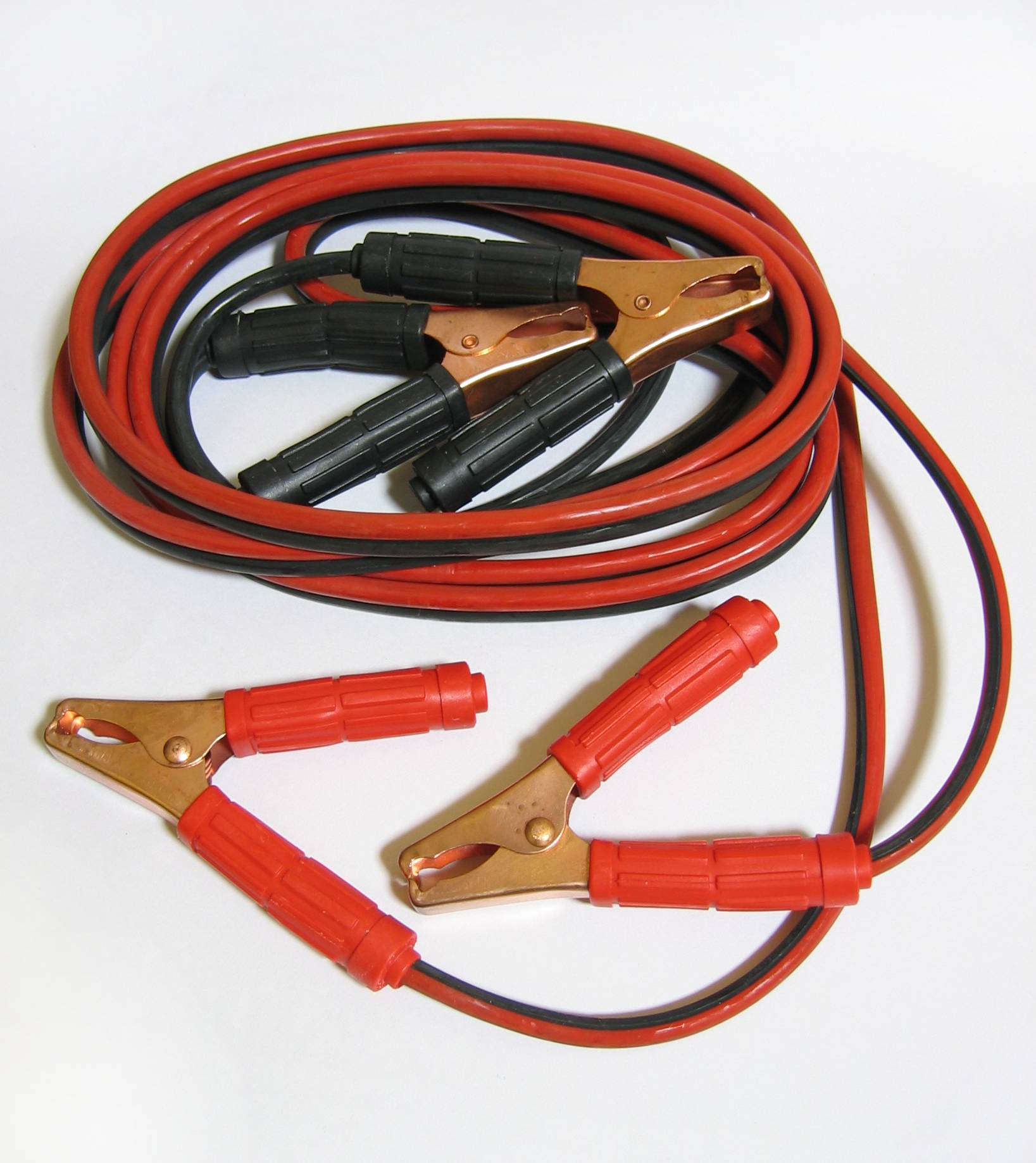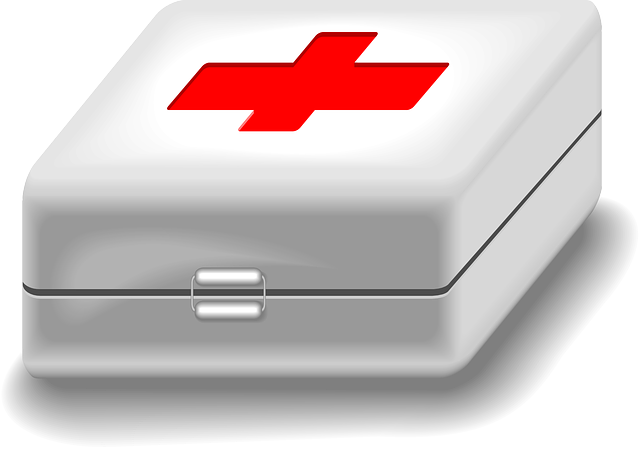
Having a vehicle means facing the many hazards that come along with it, including a flat tire, vehicle breakdown, or accident. But like all things in life, it's not about what happens to you but how you respond to it. Make it easier to appropriately respond to an incident by keeping these five items in your vehicle.
Jumper Cables
A dead battery is one of the most common problems with a vehicle. While you generally should change your vehicle battery every three years, excessive driving, the brutally cold Vermont winters, constantly sitting in traffic, and even using a lot of electronic devices all can cause your car battery to go to an early grave. By keeping jumper cables in your vehicle, you'll be able to charge your car battery enough to get to a safe place where you can get a replacement battery. This is only a temporary fix, of course, but it can help you get of a tight spot.
First Aid Kit

You never know when you may encounter a medical emergency of sorts when you're on the road, so having a fully stocked first aid kit definitely is worthwhile. Got a headache from all of the driving during a load road trip? Grab some ibuprofen from the first aid kit. Kiddo skinned his knee while you're enjoying a day at the local park? Grab a bandage and some antibiotic cream. Been involved in an accident because of bad weather? Grab a piece of gauze and some tape for that nasty scratch from breaking glass.
Flashlight with Spare Batteries
Emergencies don't just happen in the bright sunshine on a warm day. In fact, they usually happen at the most inconvenient times. So having a flashlight with an extra set of batteries can mean the difference between being stuck for a few minutes and being stuck for hours. How? Imagine changing a tire in the pitch black where there aren't any street lights. Not only is it dangerous, but it likely would be incredibly difficult as well.
Basic Tools
Just like it pays to have a general first aid kit, it also pays to have a general collection of tools in your vehicle at all times. You never know when a hammer, screwdriver, or wrench will come in handy for tightening a loose bolt, putting back on a wheel cover (especially considering the size of the some potholes), or helping to replace a flat tire.
Paper and Pencil
 You never want to find yourself involved in an accident, but there may come a time when you need to exchange information with another driver for just that reason. The best way to do this is exchanging written information. Be sure to write down the driver's name, phone number, license plate number, insurance carrier, insurance policy number, and insurance company's phone number. No matter who's at fault, you need this information to properly handle the situation.
You never want to find yourself involved in an accident, but there may come a time when you need to exchange information with another driver for just that reason. The best way to do this is exchanging written information. Be sure to write down the driver's name, phone number, license plate number, insurance carrier, insurance policy number, and insurance company's phone number. No matter who's at fault, you need this information to properly handle the situation.
And in case you're wondering why we said to carry a pencil and not a pen, just remember that a pencil never runs out of ink!